Background
The decision to create a unified design system stemmed from the need to improve design consistency and reduce the burden of maintaining multiple, fragmented design approaches across different teams. The goal was to create a system that could scale across various platforms, particularly in medical applications and other high-complexity environments, while maintaining a seamless user experience.
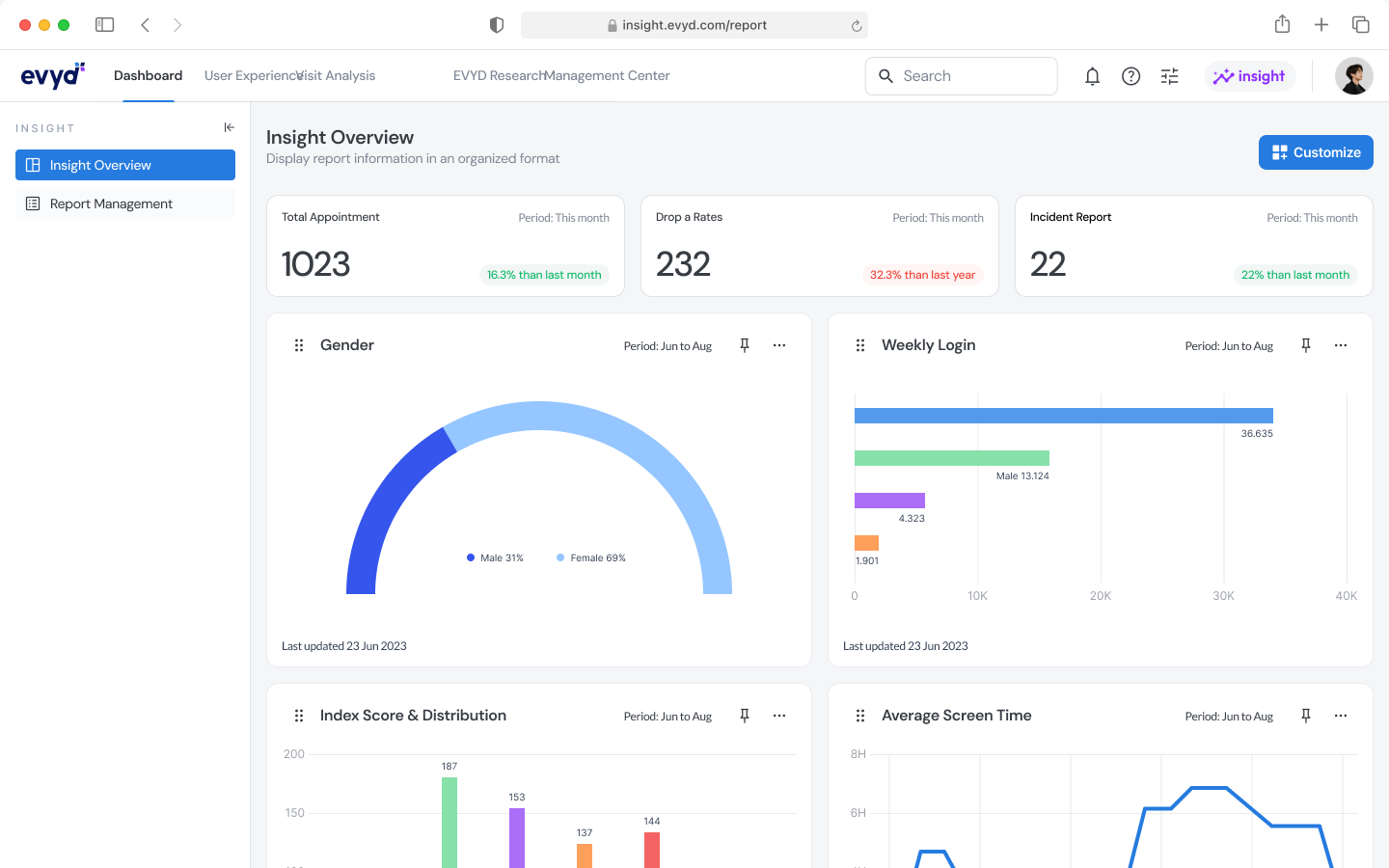
Tools
- Figma
- JIRA Suite
Role
- Lead redesign efforts
- Manage team resources
- Stakeholder Management
Team
- 8 Designers
- 3 Product Managers
- 4 Developers
Design System Requirements Planning
We worked closely with the Product Team to gather the necessary requirements, referencing the product roadmap. Our system needed to accommodate both existing products and future features, ensuring flexibility while following consistent design language for various medical platforms.
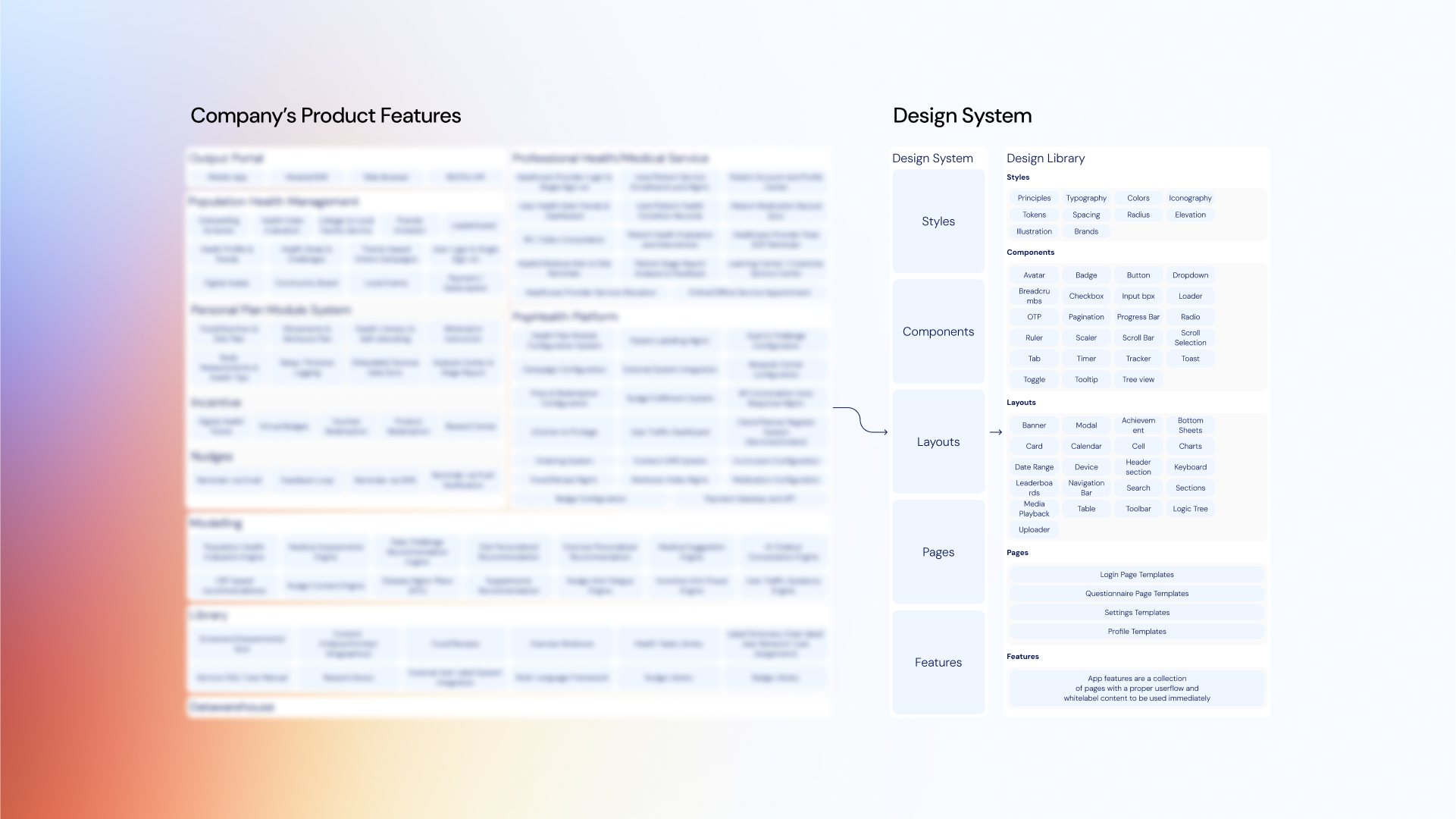
Designers Involved
A design system requires a lot of resource to build and maintain on a day to day basis. Meet the team involved.
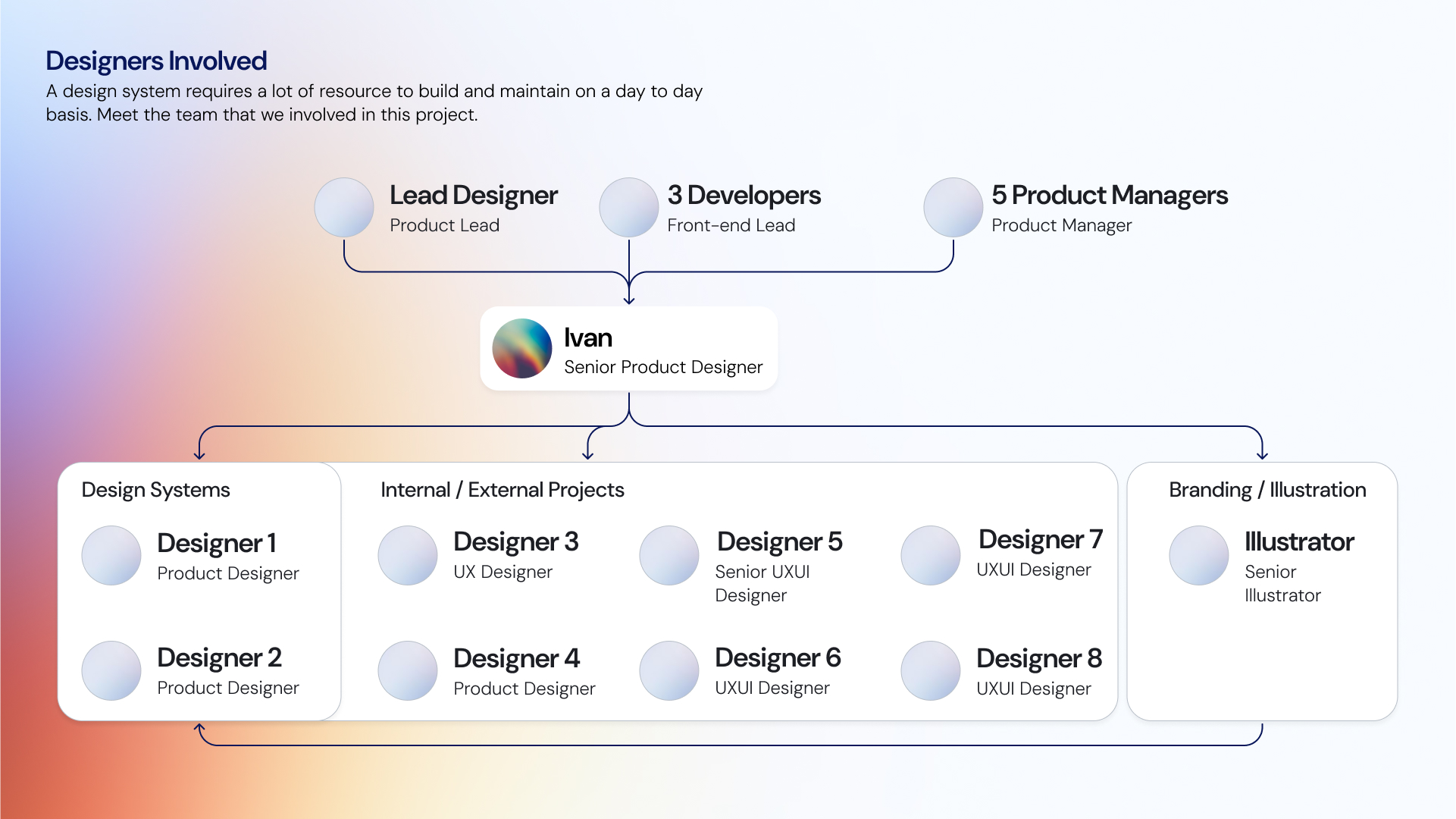
Areas contributed
Gather product requirements
Conduct research and interviews with users of affected products
Translate requirements and feedback into consistent designs
Align, manage and iterate design and code for consistency
Maintain and manage the team responsible for various design system roles
Internal Design Pipeline
Create pipeline within the design team to create process that will help build the design system and work on projects at the same time.
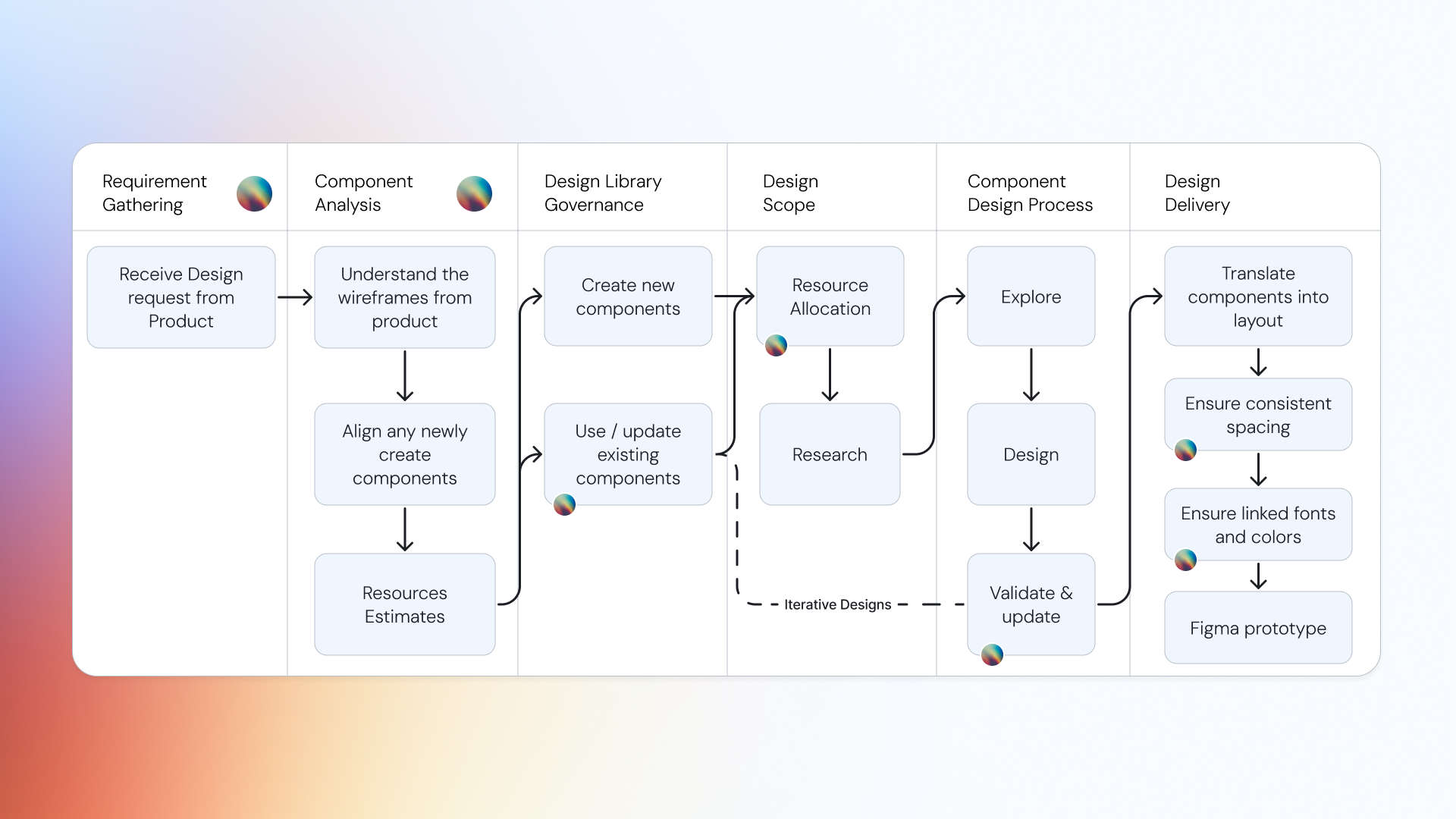
Design System implementation outcome
Implementing a design system accelerates the design process by reducing time from requirements to execution. This results in lower design and technical debt, ensuring more efficient and scalable product development.
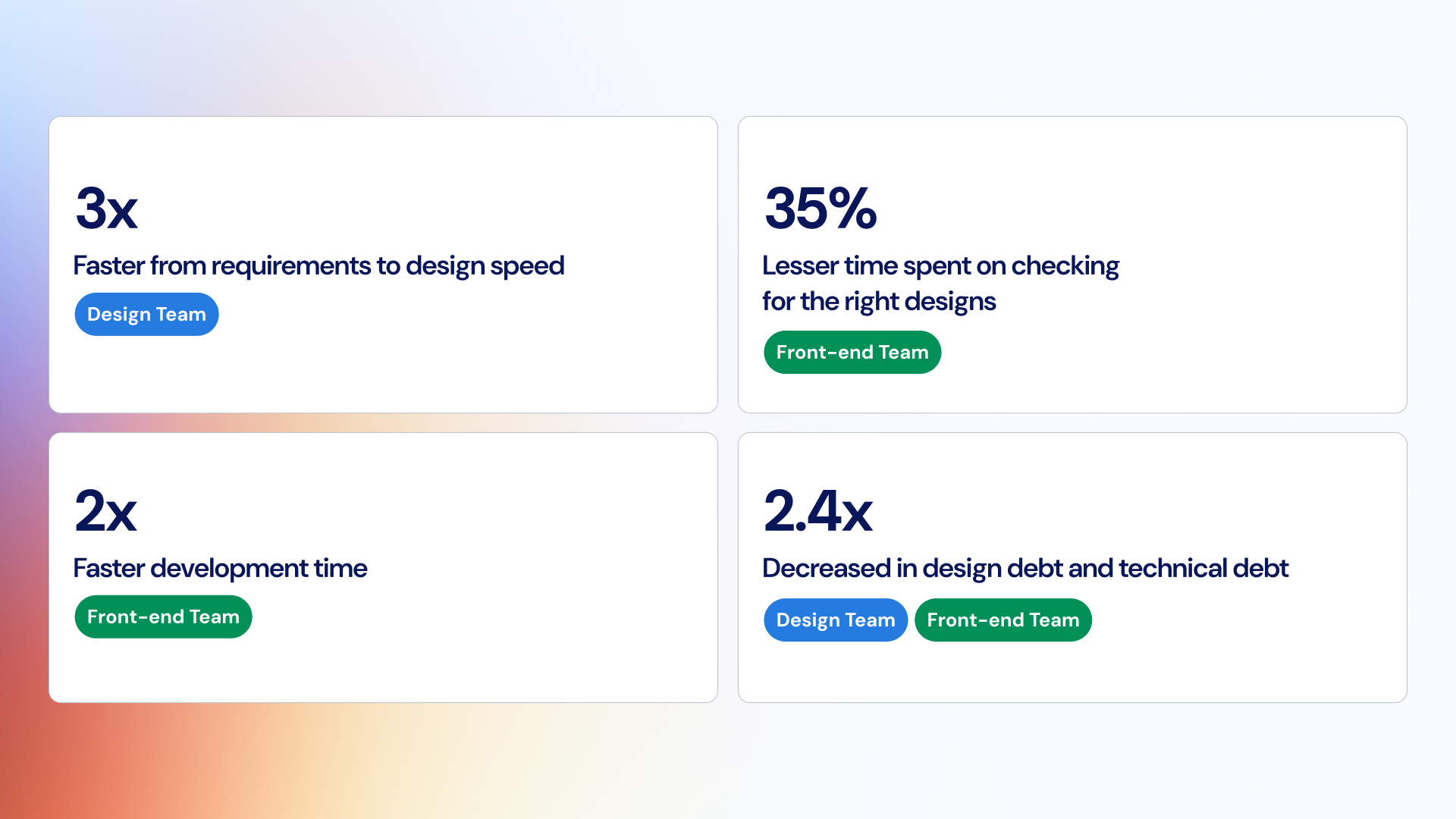
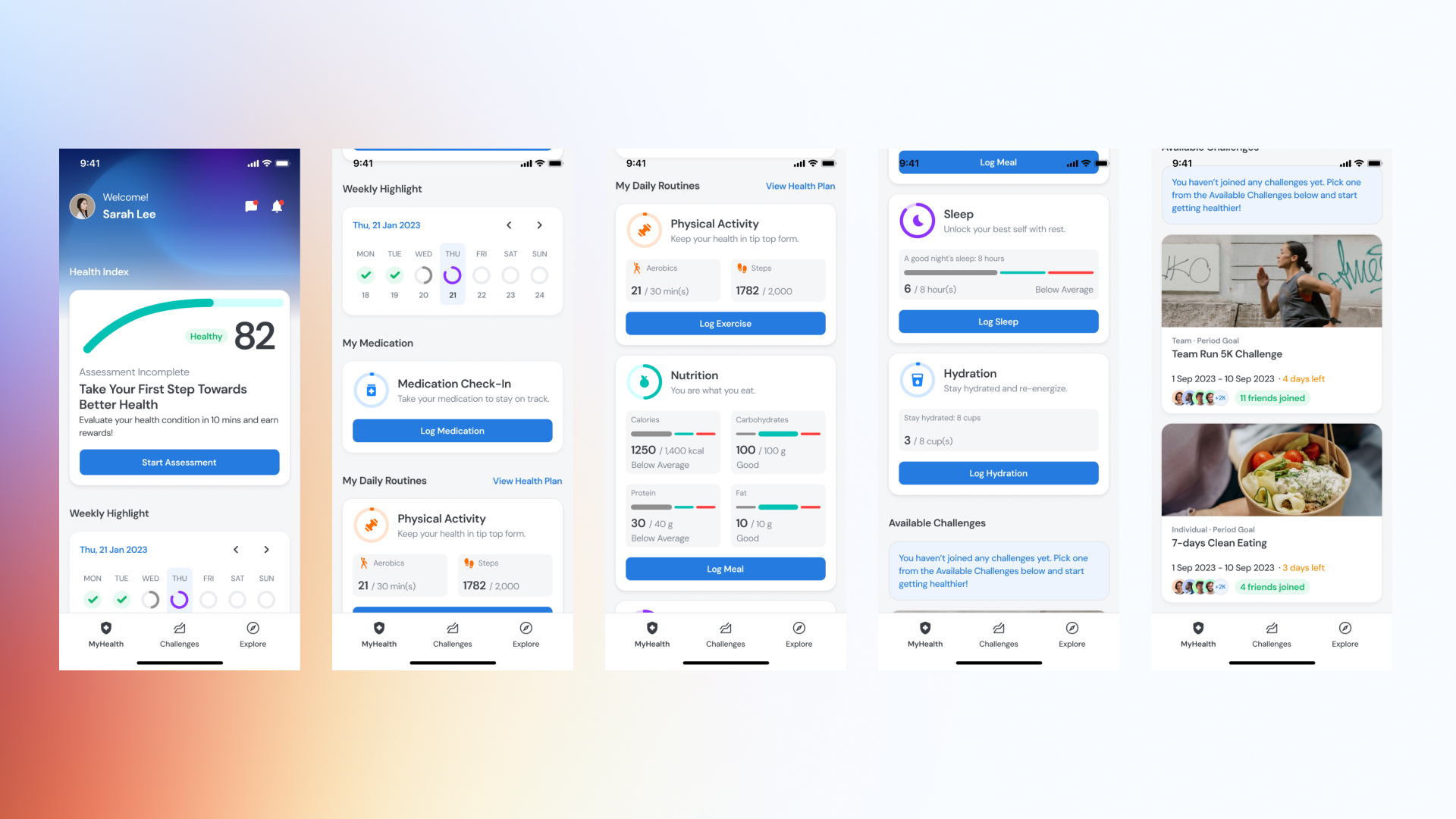
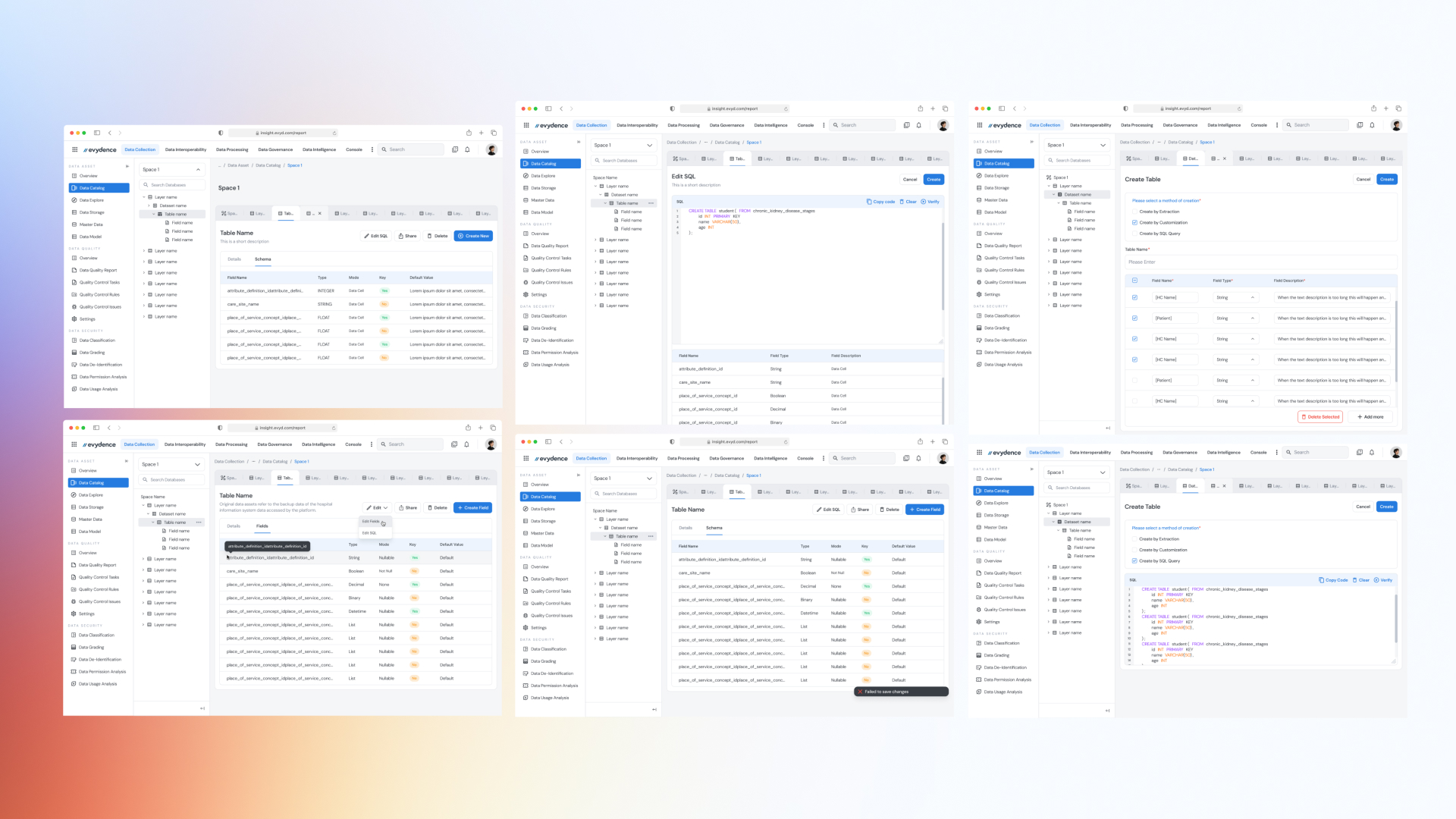
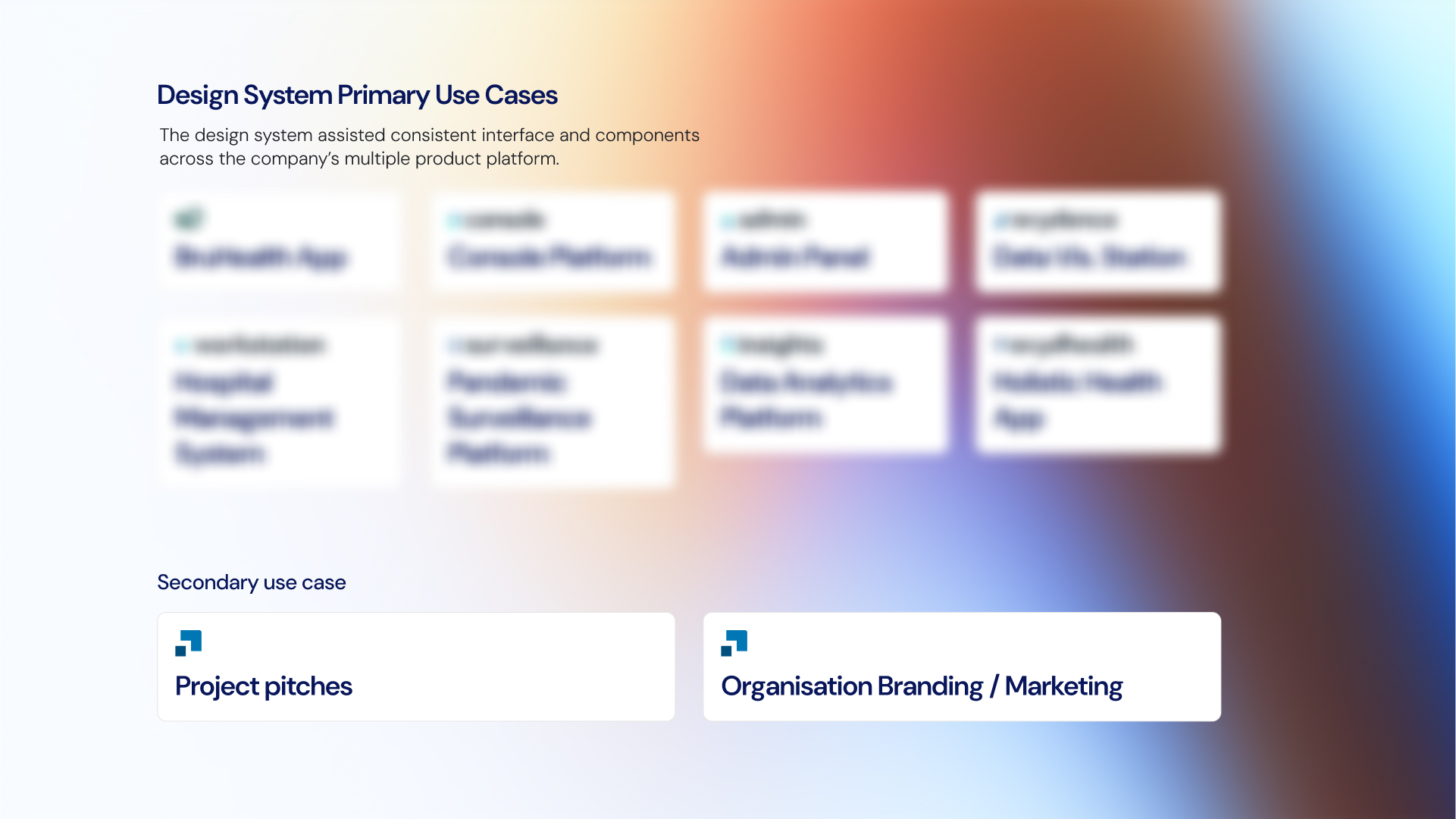
Considerations to implement
Existing Challenges we have laid out as a team and long term challenges were proposed to the management.
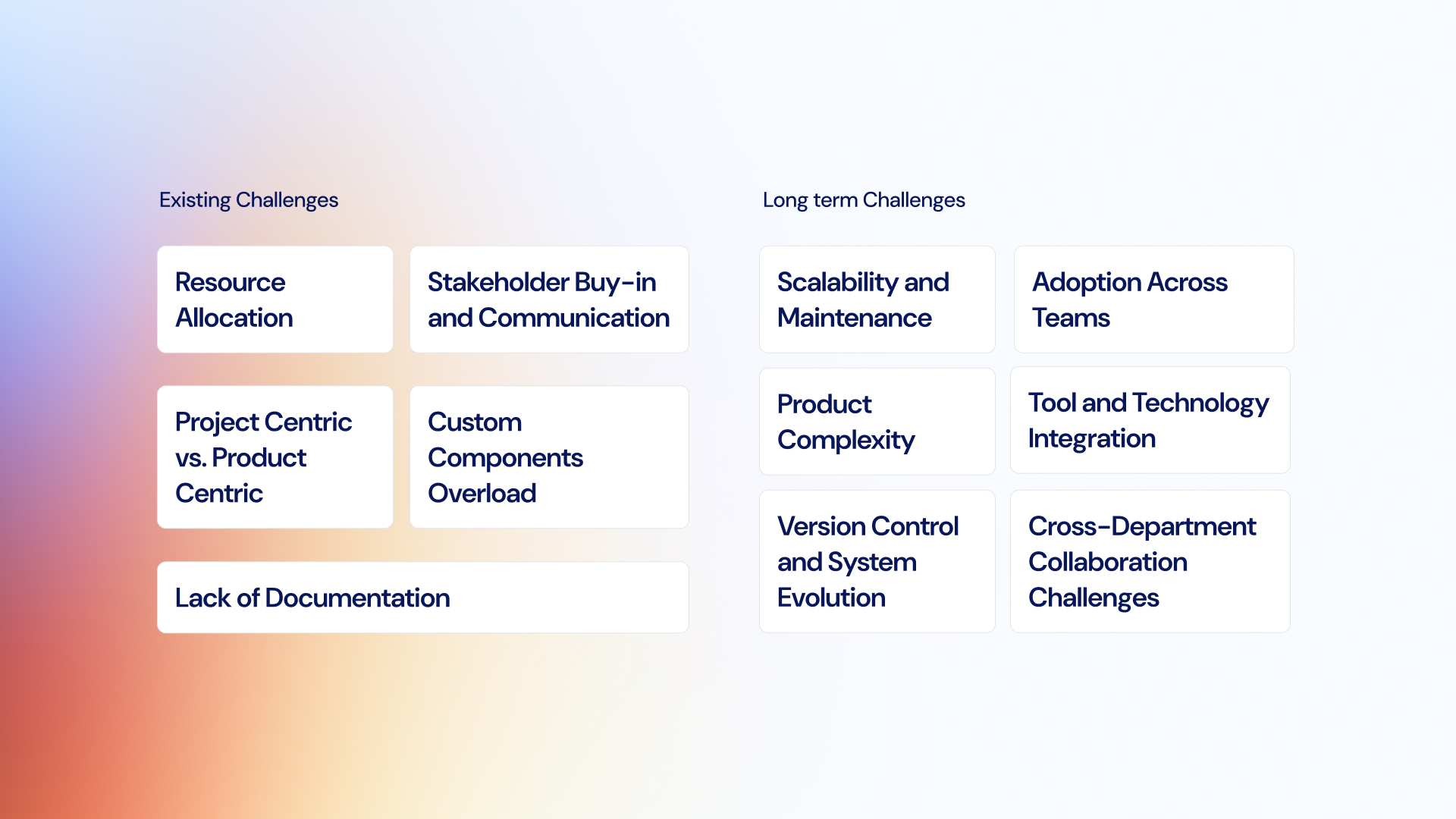
Approach
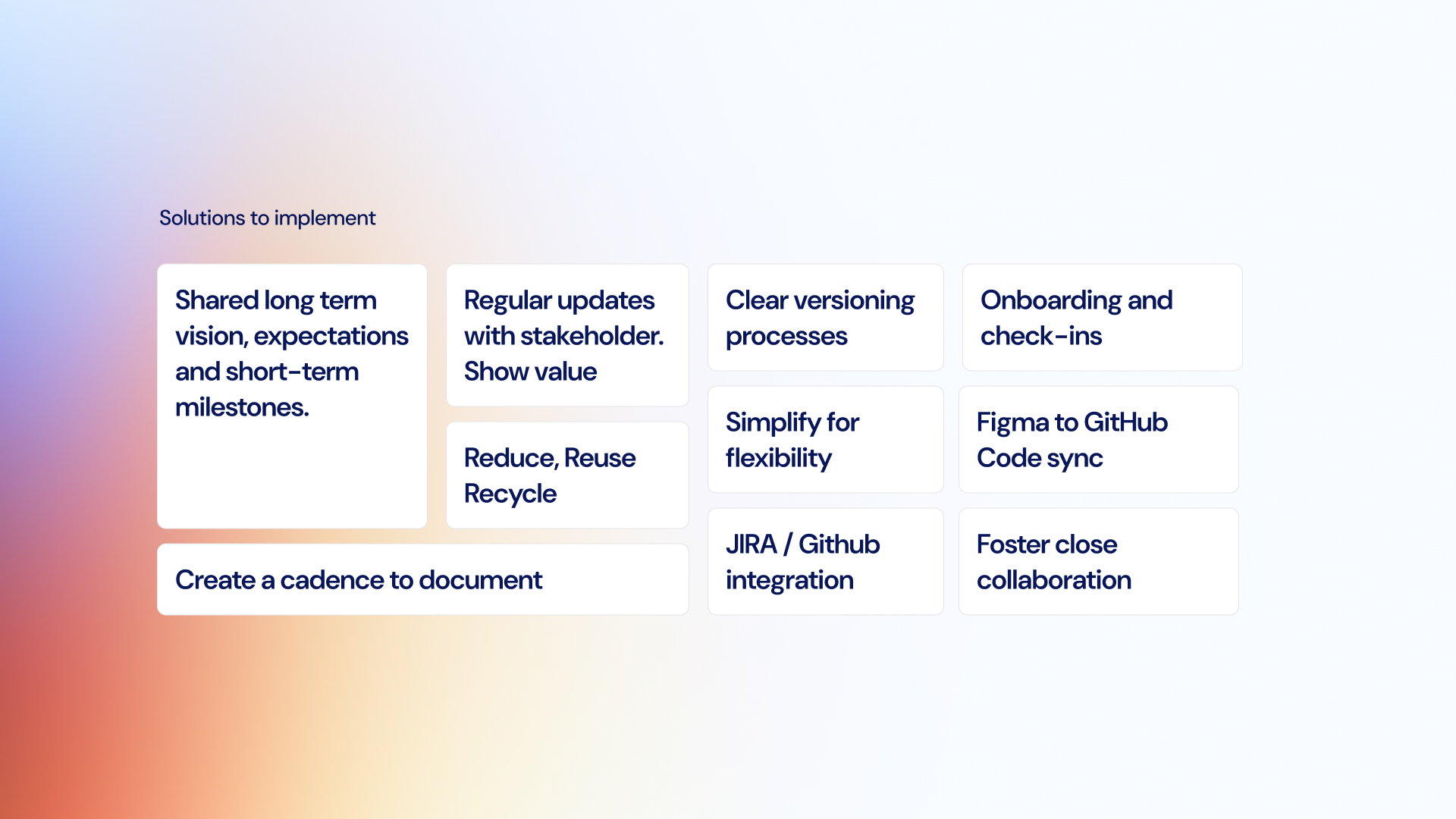
App & Platform Design Audit
The first step was to conduct a thorough audit of our existing products and components.
Visual Research
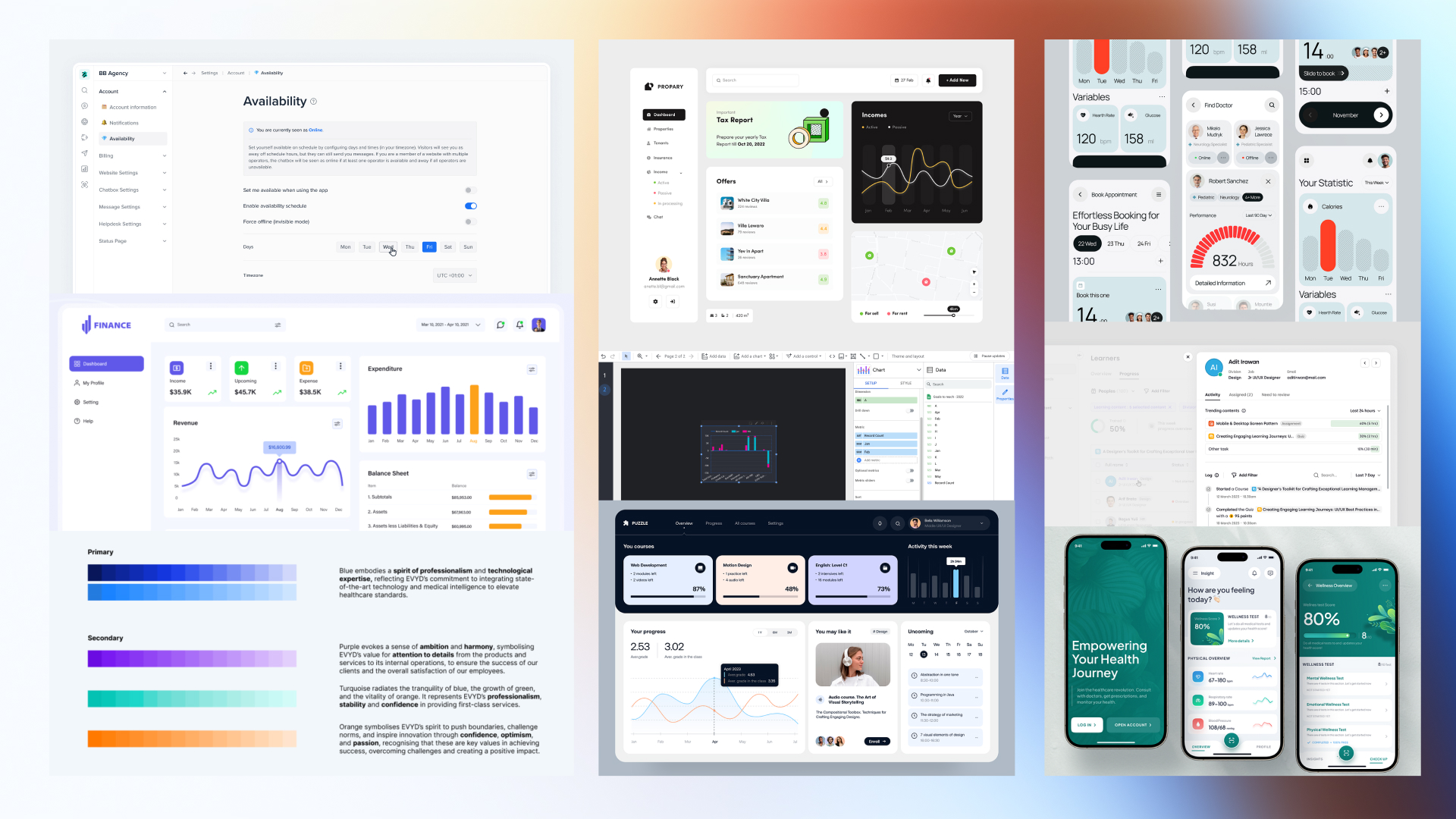
Defining Foundations
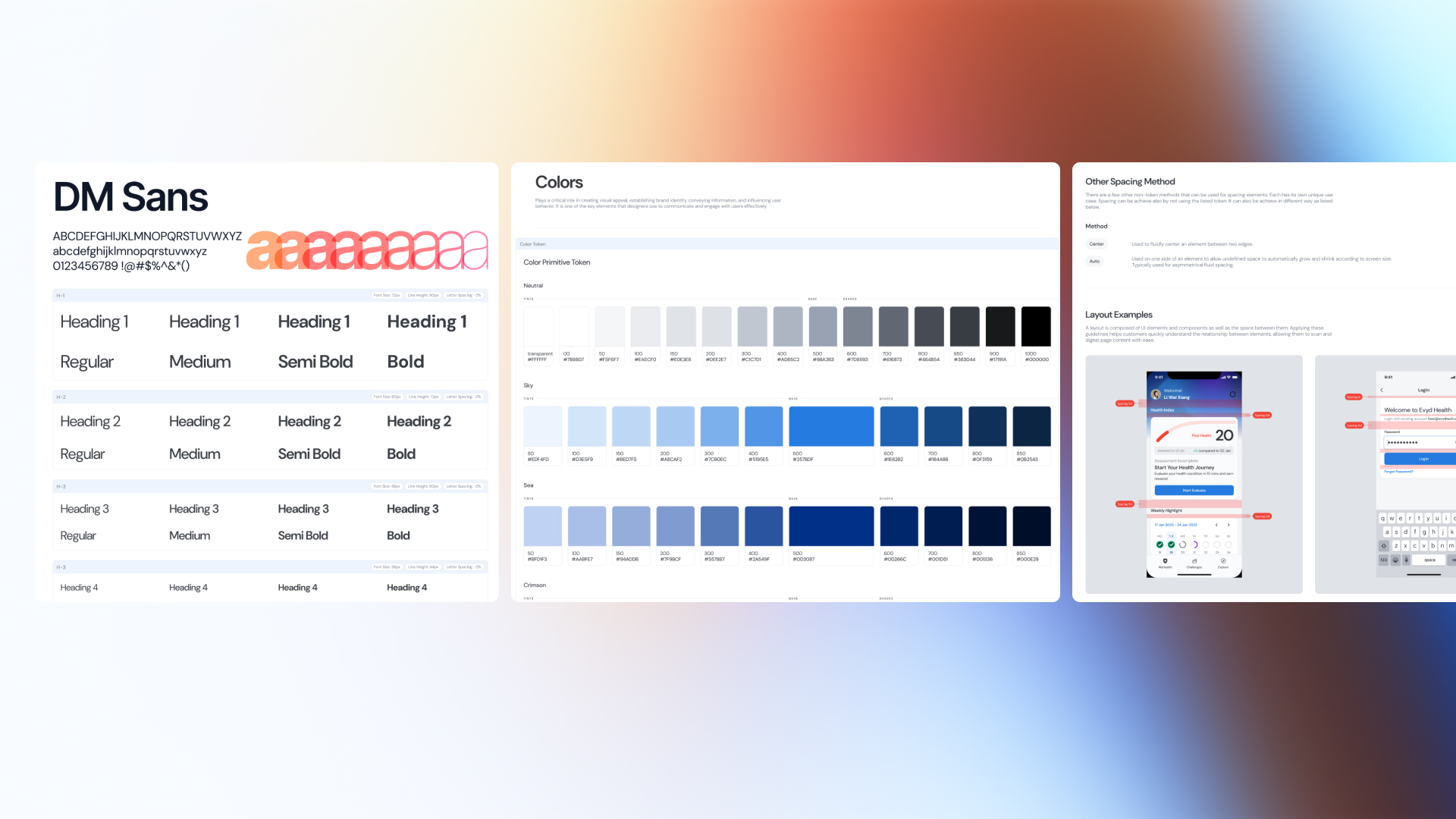
Implementing Tokens
Defining core design properties as reusable tokens and aligning with development variables.
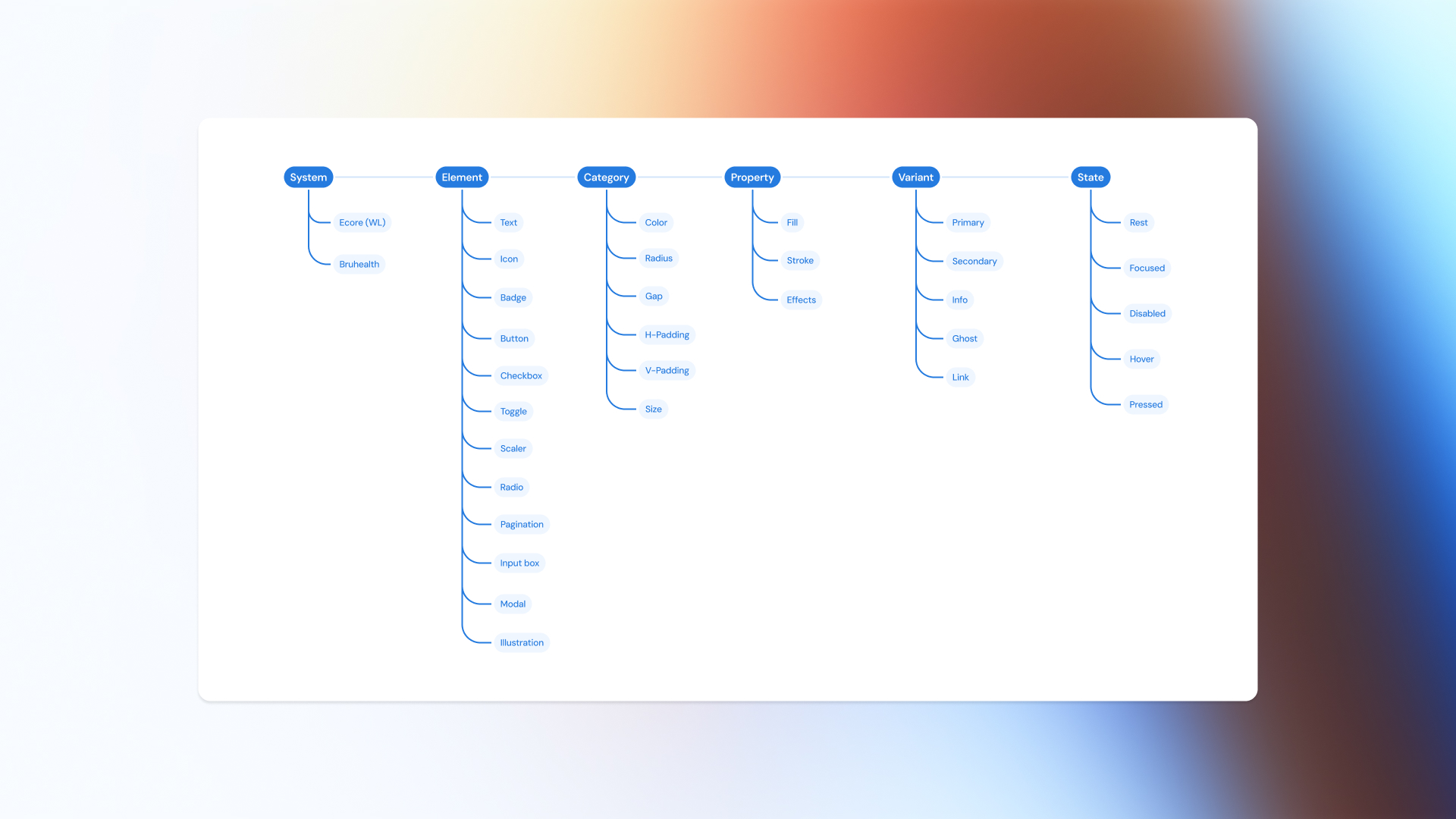
Basic Components
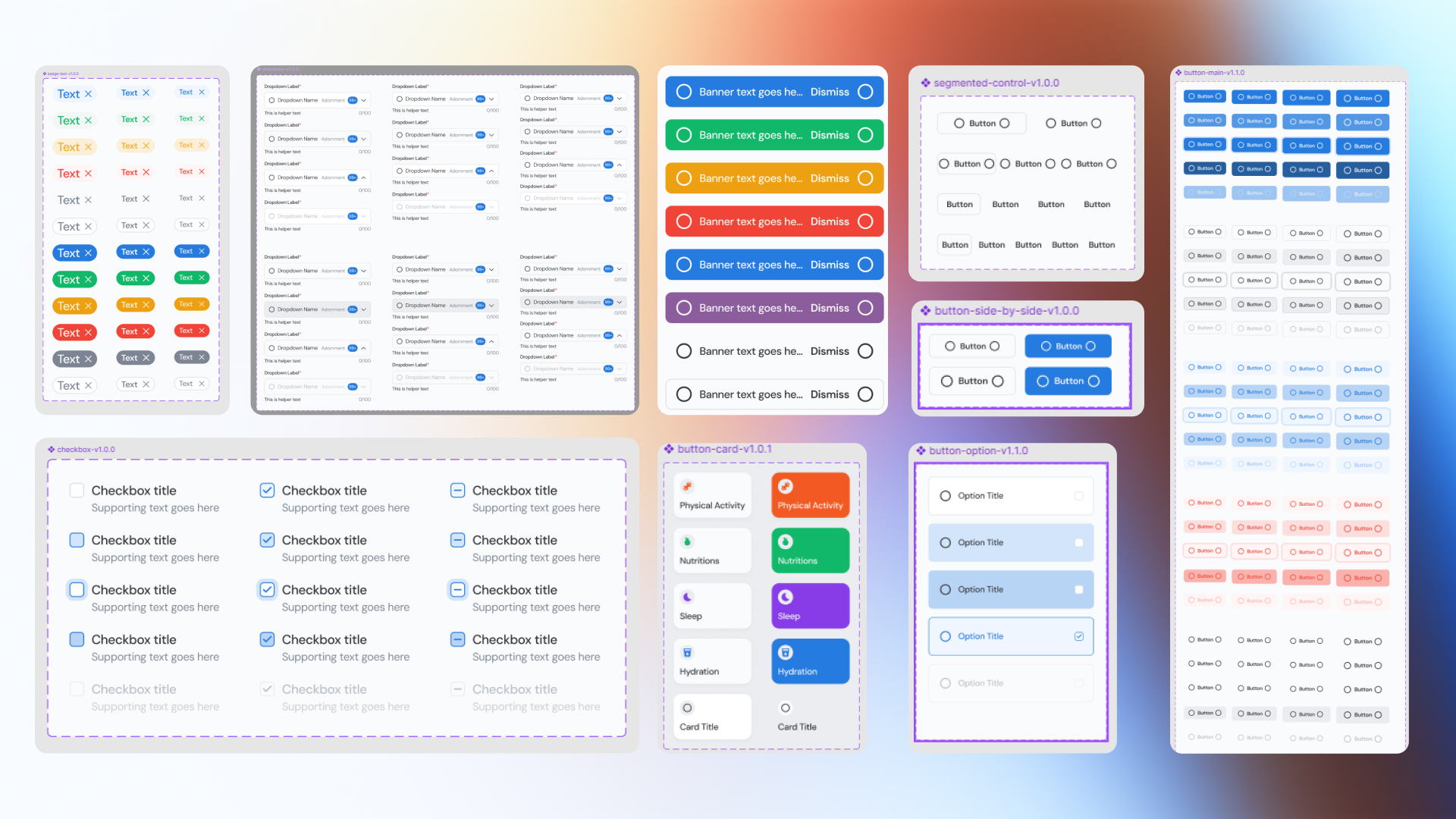
App Building Blocks
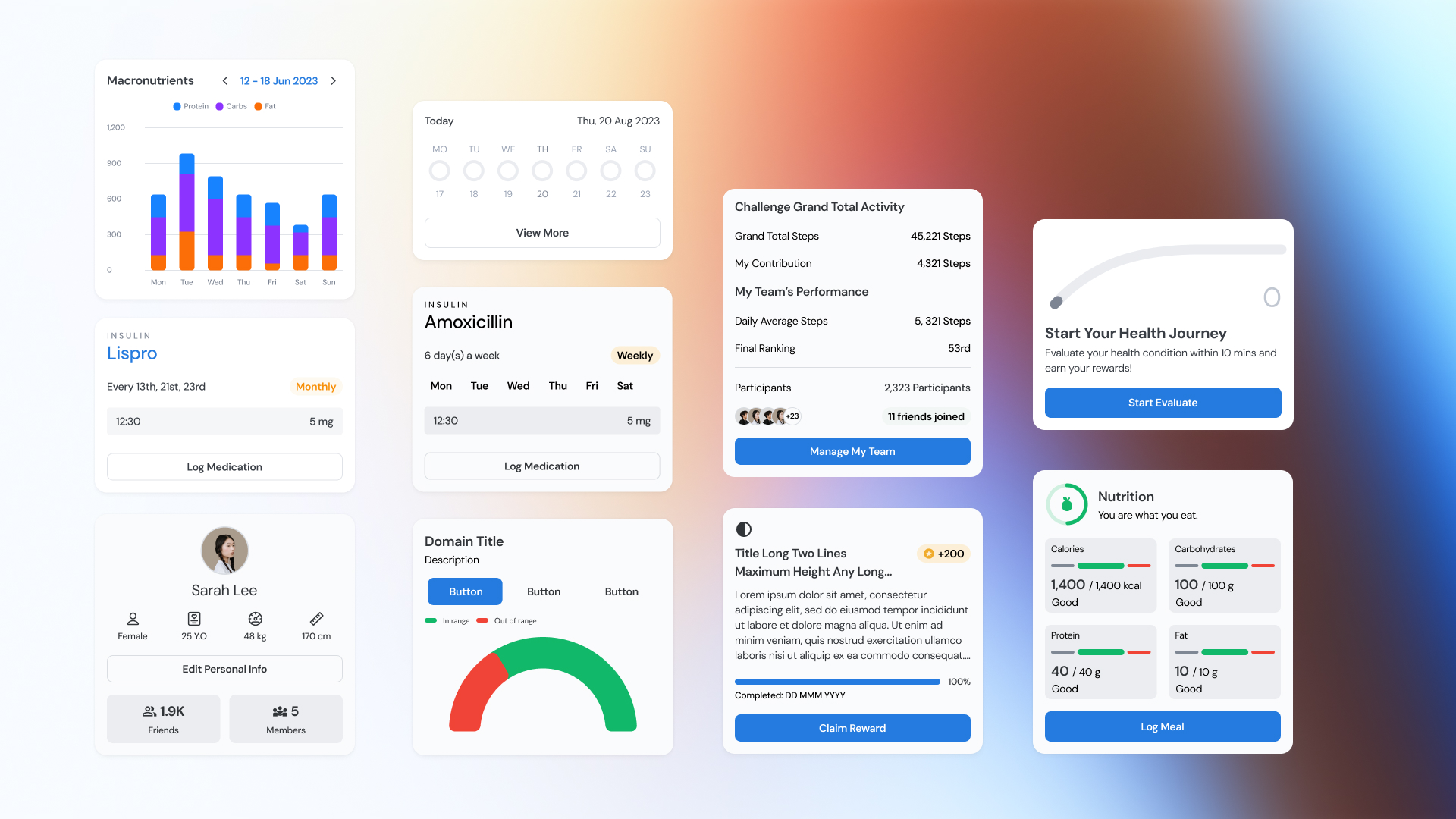
Platform Building Blocks
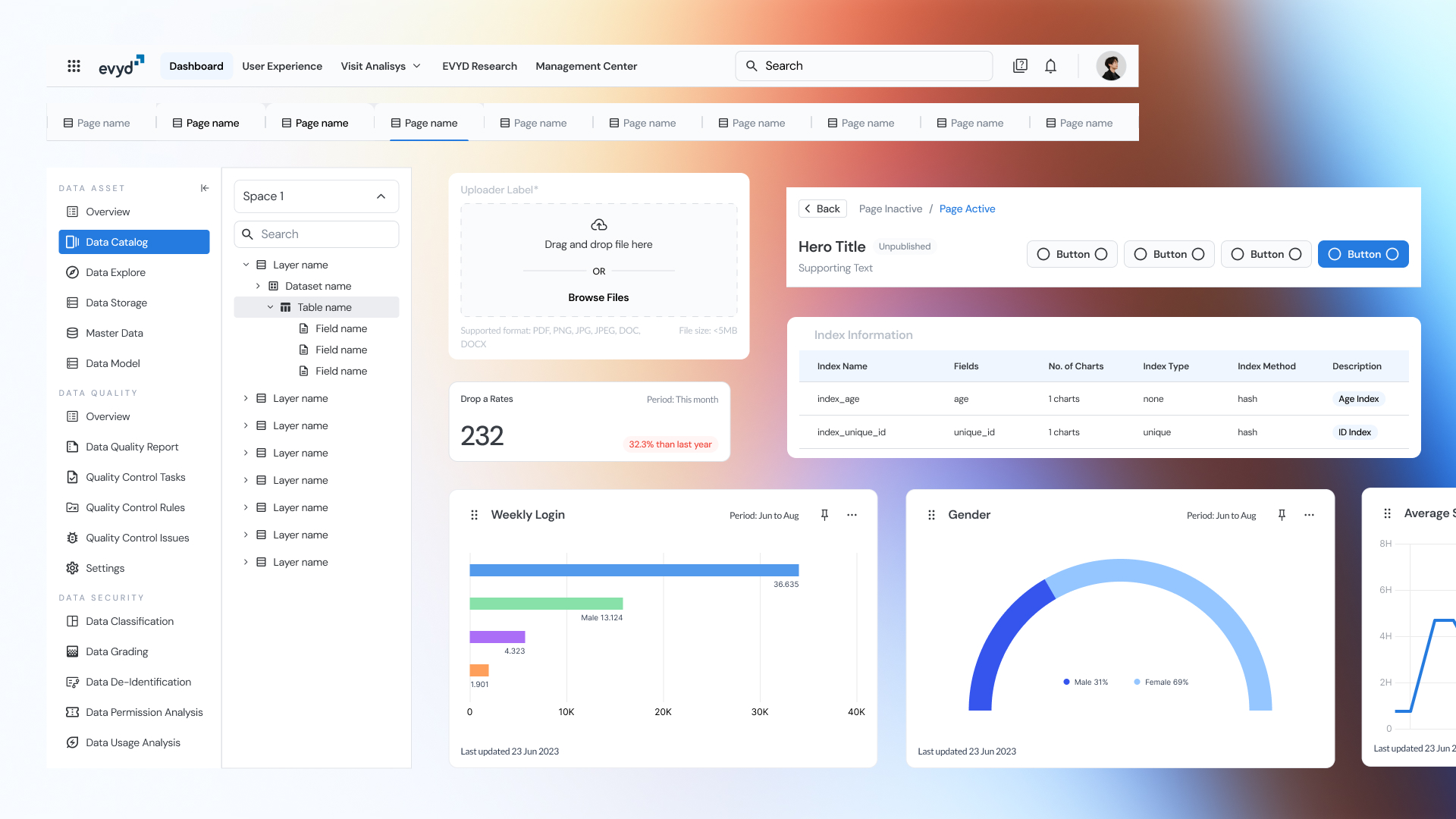
Bringing everything together
Using the building blocks from the design system, explore how the components might come together in a cohesive way.
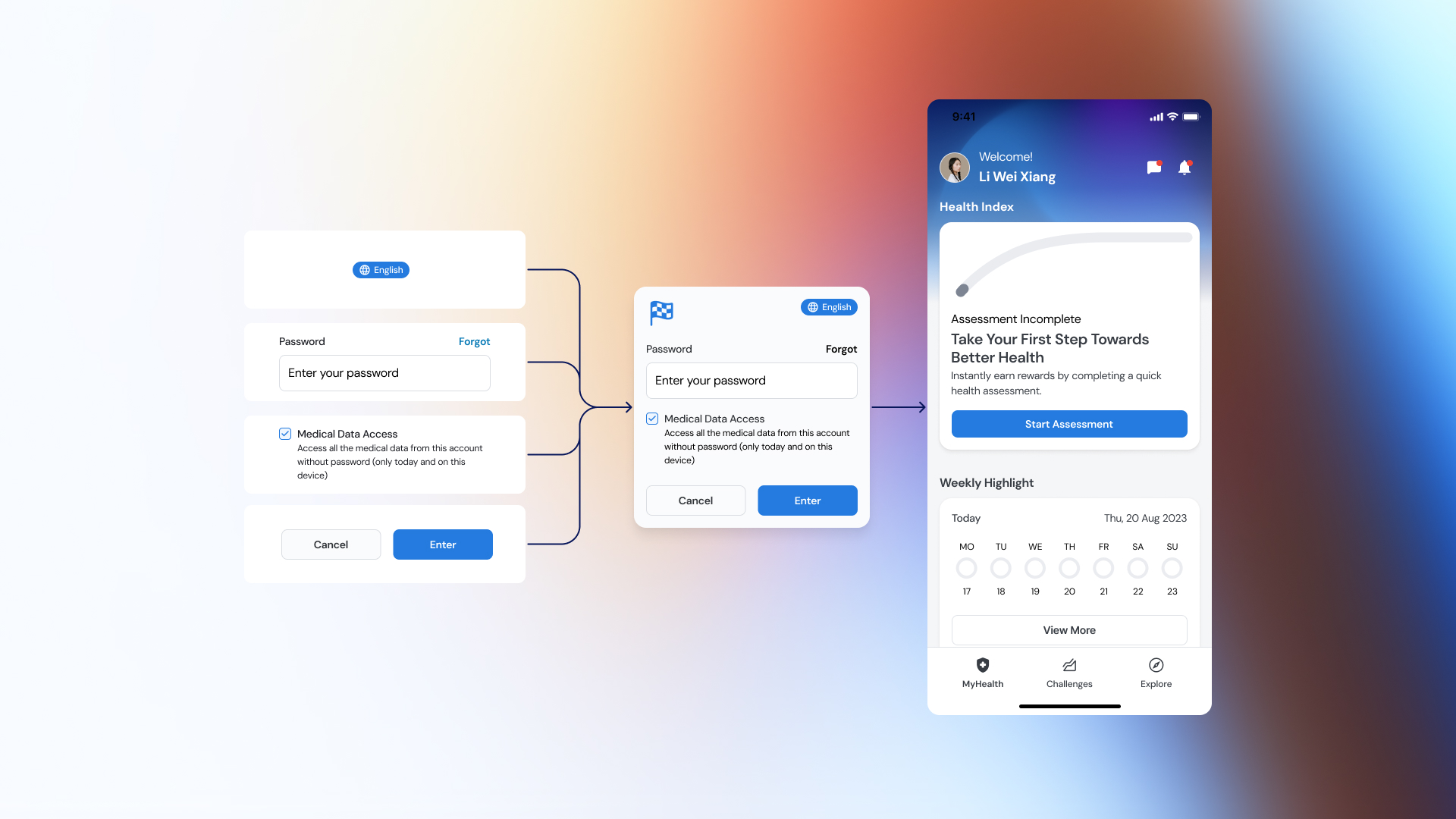
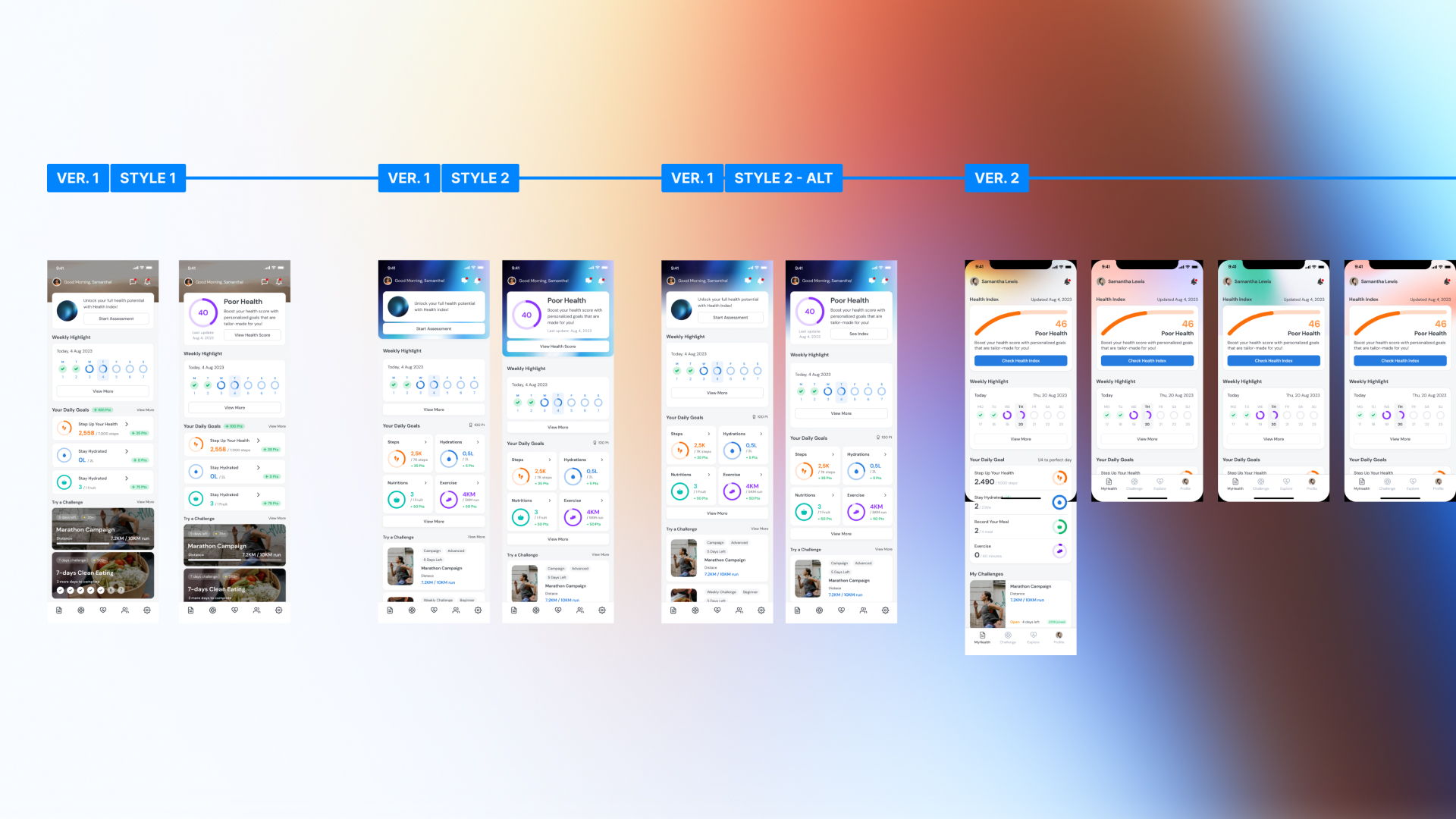
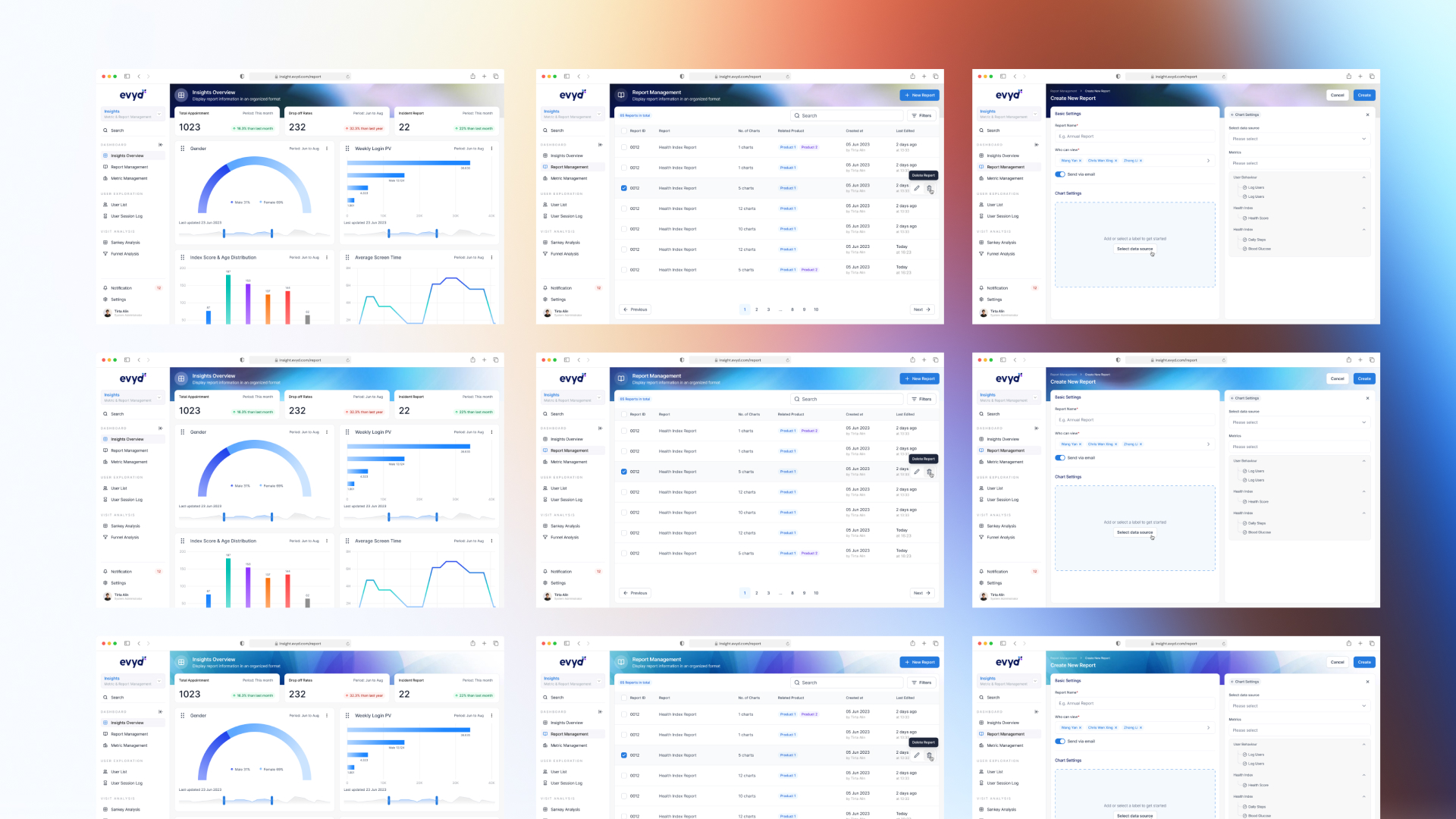
Theme Change
Tokens and naming convention properly setup in place for it to work seamlessly.
Design System Governance
We utilized tools like JIRA, Notion, and Sheets to manage our design system's development and ongoing updates.
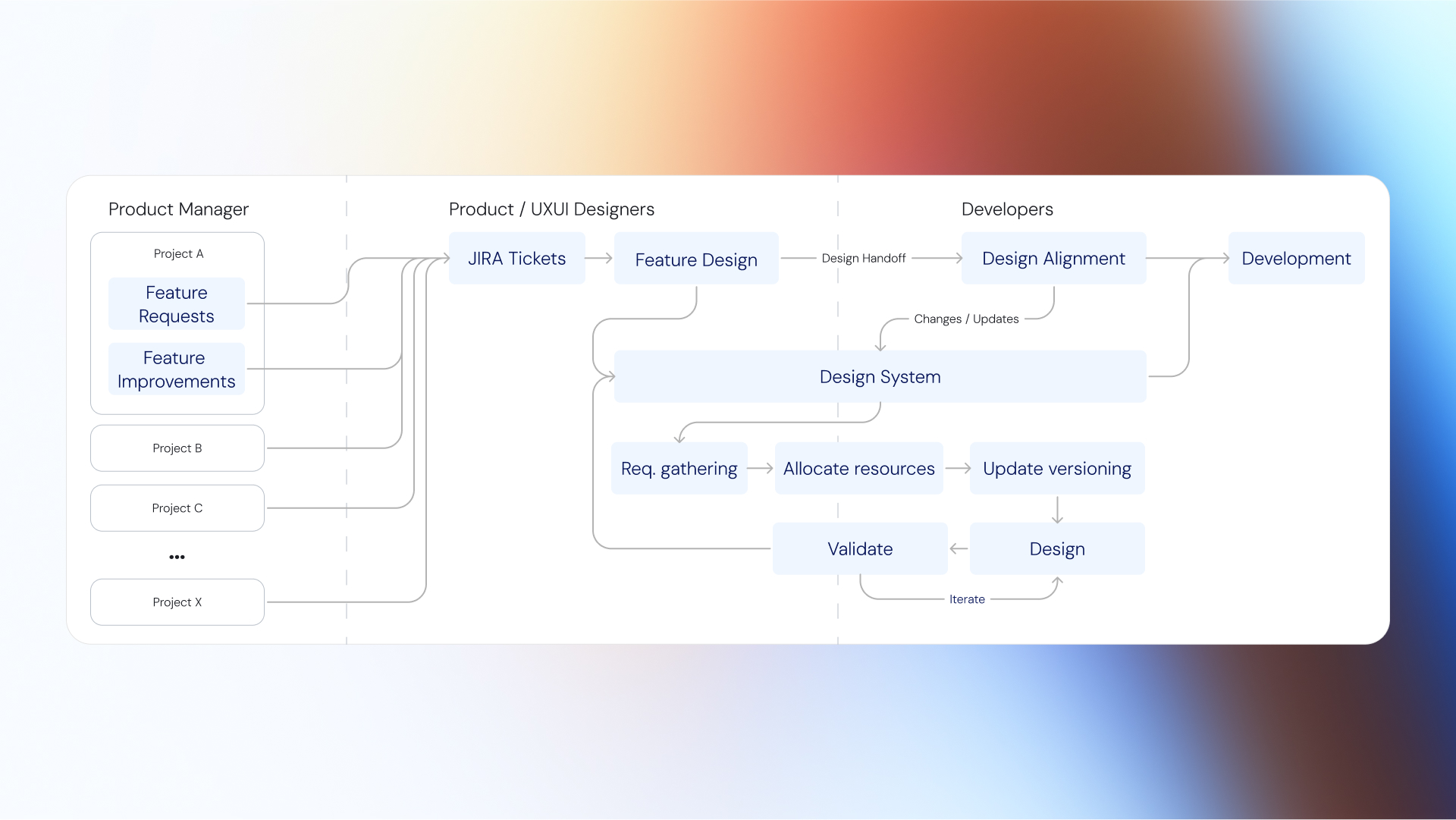
Project Retrospective
What Went Well
- Scalable Foundations
- Reusability of Components
- Alignment and Collaboration
What Could Be Improved
- Documentation Consistency
- Resource Allocation
- Design System Adoption
What We Learned
- Frequent Cross Department Involvement is Key
- Iterative Updates are Necessary
- Balancing Flexibility vs. Consistency